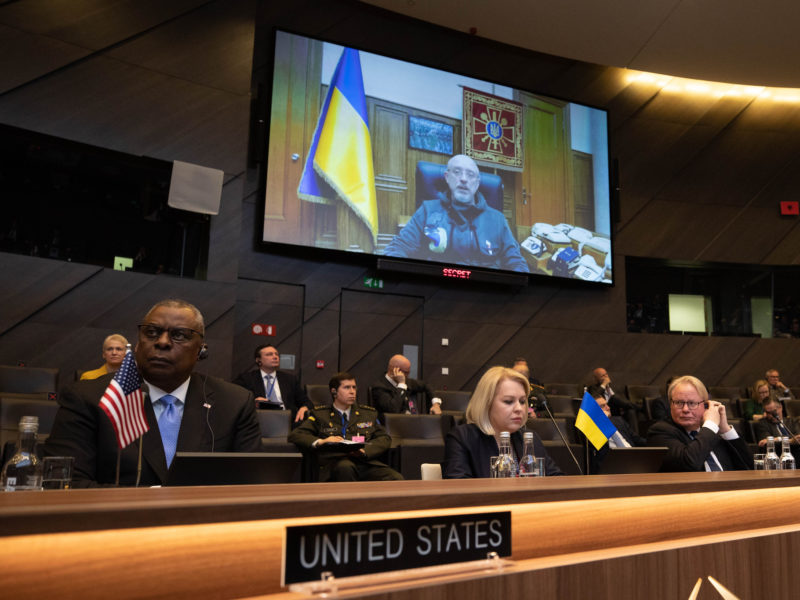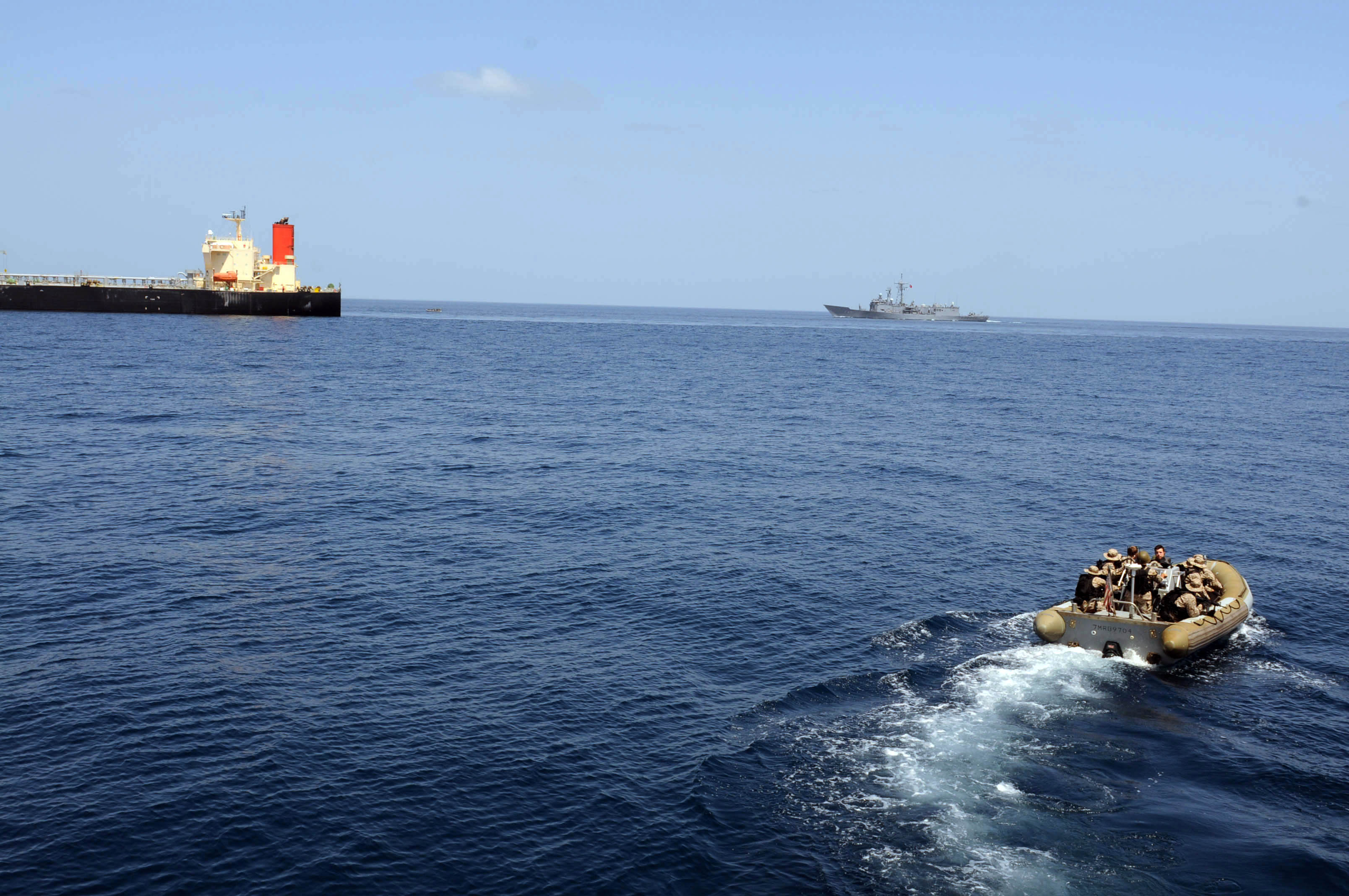Guest post by Andrew Kydd
Many observers of the current war between Russia and Ukraine have expressed concern that NATO support for Ukraine could escalate the conflict to a direct major conventional war between NATO and Russia, and that from there it could easily escalate to a nuclear war. A group of foreign policy experts have proposed that NATO impose a “no-fly zone” over Ukraine, while other analysts have decried the escalatory potential of such a move. In a recent poll of international relations scholars, 40 percent thought a no-fly zone would lead to large-scale conventional war between NATO and Russia and 13 percent thought it could lead to nuclear war.
Emma Ashford and Joshua Shifrinson recently argued that the Ukraine war could easily escalate to a large-scale conventional war because of the “stability-instability paradox, in which states, stalemated in the nuclear realm, might be more willing to escalate in conventional terms.” The stability-instability paradox, combined with incentives to escalate, accidents, and efforts by allies to supply Ukraine with more controversial weapons like fighter aircraft, could push the two sides to war. They argue that painful concessions may be necessary to resolve the conflict and avoid disaster.
Escalation is obviously a central concern in this conflict, given that both sides have nuclear weapons and that an all-out war would be catastrophic. But the stability-instability paradox actually gives hope that escalation may be avoided, rather than additional reasons for fear.
The stability-instability paradox posits three levels of conflict: low, medium, and high. The lowest level corresponds to terrorist attacks and proxy wars. The medium level is direct conventional war. The highest level is nuclear war. According to the theory, nuclear threats are most credible are when a state is losing a major conventional war and its existence is threatened. In such a case, it is easy to imagine a state ordering a nuclear strike, either out of a hope that it would turn the tide of battle, or in order to bring down its attacker. When two countries have nuclear weapons, the more powerful of the two can’t credibly threaten to escalate to direct conventional war, because if it did and it were winning, it would be subject to nuclear attack. So far so clear. Where the paradox comes in is that, since the more powerful conventional state can no longer threaten direct conventional war, the weaker state can now indulge in low-level attacks, safe in the knowledge that its adversary will be deterred from punishing it through direct conventional war. Nuclear parity deters large-scale conventional conflict, which paradoxically encourages low-level provocations and indirect conflicts.
The paradox is evident in the India-Pakistan relationship. The two sides became full-fledged nuclear weapons states in 1998 following a set of demonstrative nuclear tests. India, the stronger side, could no longer threaten Pakistan with major conventional war because of the Pakistani nuclear deterrent. So Pakistan embarked on a decade-long series of provocations against India, starting with the Kargil war in 1999 and culminating in the Mumbai terrorist attack of 2008. Pakistan’s nuclear deterrent negated India’s conventional superiority and led to low-level conflict. However, it’s important to note that precisely because of the paradox, the conflict stayed at a low level. Far fewer people died as a result of the hostilities of the post-nuclear era than died in the previous large-scale conventional wars fought by India and Pakistan in 1947, 1965 and 1971. The paradox permits low-level conflict, but deters medium- and large-scale conflict.
How does the stability-instability paradox apply to the NATO-Russia case? Both sides have nuclear weapons. Large-scale conventional conflict is therefore deterred. In particular, NATO, the stronger side, is deterred from using its conventional superiority to attack Russia directly. This frees up Russia to attack Ukraine, which is not a NATO member or a vital US interest. So while the war is existential for Ukraine, it is not for NATO, and is effectively a low-level conflict from the West’s perspective. Proposals like the no-fly zone idea would escalate the conflict to a medium-level direct conventional confrontation. This is ruled out by Russia’s nuclear weapons.
What about NATO support for Ukraine in the form of economic sanctions and military aid? Are these acts of war that raise the prospect of going up the ladder of escalation? These forms of support are traditionally associated with low-level conflicts and proxy wars. In several instances during the Cold War, the US and the Soviets supported rebels or states that were fighting against the other side’s forces, for instance in Vietnam and Afghanistan. Nuclear threats were almost never made and never taken seriously in such matters; it was understood that the paradox permitted low-level conflict, but not direct conventional confrontations. So while the paradox frees up Russia to invade Ukraine, it also frees the West to respond with aid to Ukraine, so long as that does not cross the threshold to direct engagement with Russian forces.
A final factor worth considering is the role of Vladimir Putin himself. While losing the war would not destroy Russia as a country, it might lead to the overthrow of Putin. For him, then, the stakes may be existential, even though they are not for Russia. Would Putin use nuclear weapons rather than lose in Ukraine? Might he even attack NATO targets if he thought it would save himself? This is a real danger. Western policy should aim to drive the largest possible wedge between Putin and everyone in his inner circle, and make it clear that the US is not escalating, so that any nuclear order by Putin would be understood by his subordinates as initiating a nuclear war. Putin must realize that if he orders nuclear use, he is ordering his government to commit suicide.
Andrew Kydd is Professor of Political Science in the Department of Political Science at the University of Wisconsin-Madison.







